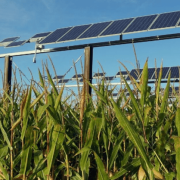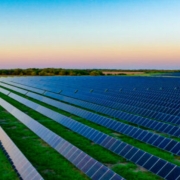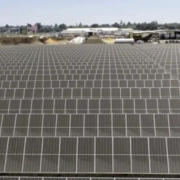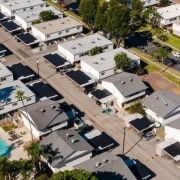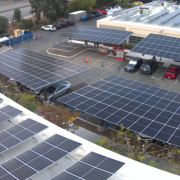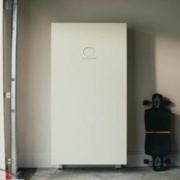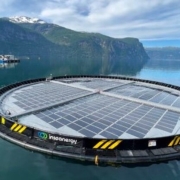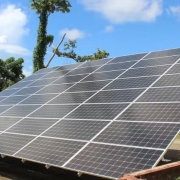A team of researchers from Purdue University have found agrivoltaics have the potential to increase energy production and reduce carbon emissions while having a minimal impact on crop production.
In the research paper “The viability of photovoltaics on agricultural land: Can PV solve the food vs fuel debate?,” available in the Journal of Cleaner Production, the team analyzed five scenarios featuring corn croplands in the midwest region of the United States.
The first is the baseline scenario, with corn grown over the whole area. The second features a traditional solar system installed on 25% of the area, replacing the corn crop. The other three scenarios feature agrivoltaics with corn growing beneath them, with an estimated 5.5% of the land occupied by solar structures and unavailable for crop growth. A full solar panel density is used in the third system, followed by half and a quarter panel density in the fourth and fifth systems.
Click here to read the full article
Source: PV Magazine
—
If you have any questions or thoughts about the topic, feel free to contact us here or leave a comment below.

